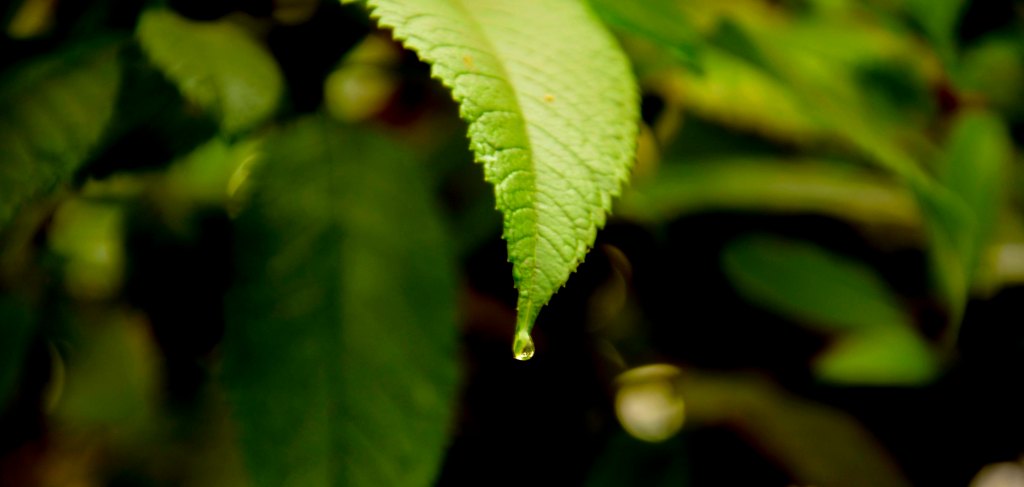
In the realm of the photography business, it’s a common misconception that stunning photographs alone can secure lucrative contracts. However, there are several essential pillars that underpin a successful photography venture, extending far beyond the realm of capturing breathtaking images.
Impressive Portfolio: Your portfolio is your calling card, especially in specialized fields like wedding photography. A robust portfolio showcases your skills, style, and versatility, making it essential for snagging those coveted deals.
Quality Equipment: Invest in top-notch photography equipment that speaks volumes about your professionalism. Your gear not only ensures superior image quality but also reflects your commitment to delivering exceptional results. Remember, your equipment is a silent ambassador for your photography business.
Professional Website: A well-designed website serves as your virtual storefront, offering clients easy access to essential information such as portfolios, contact details, client testimonials, and services offered. However, refrain from listing pricing publicly to avoid giving competitors an edge.
Post-Processing Excellence: The magic doesn’t end with the click of the shutter. Thorough post-processing is crucial for enhancing image quality, correcting imperfections, and elevating the visual appeal of your photographs. Dedicate ample time to meticulous editing to ensure your work shines.
Timely Delivery: Meeting deadlines is paramount in the photography business. Punctuality reflects reliability and professionalism, instilling trust in your clients. Always strive to fulfill your commitments and deliver projects on time, fostering long-term client relationships.
Continuous Improvement: The photography industry is ever-evolving, requiring professionals to stay abreast of the latest trends, techniques, and equipment. Regularly update your skills, equipment, and business acumen to remain competitive in the dynamic market landscape.
Exceptional Customer Service: Providing exceptional customer service goes a long way in building strong client relationships and generating repeat business. Be responsive to client inquiries, listen to their needs, and go the extra mile to exceed their expectations.
Effective Marketing Strategies: In a crowded marketplace, effective marketing is essential for standing out from the competition and attracting new clients. Utilize a mix of online and offline marketing channels, including social media, networking events, and targeted advertising, to showcase your work and reach potential clients.
Networking and Collaboration: Building a strong network within the photography community and related industries can open doors to new opportunities and collaborations. Attend industry events, join professional associations, and foster relationships with fellow photographers, vendors, and clients.
Financial Management: Sound financial management is crucial for the long-term sustainability of your photography business. Keep meticulous records of income and expenses, set clear pricing structures, and budget wisely to ensure profitability and growth.
In conclusion, while stunning photographs are undoubtedly the cornerstone of any photography business, they alone cannot guarantee success. By focusing on these essential pillars – from building a strong portfolio to embracing continuous improvement and effective marketing – photographers can establish thriving businesses that stand the test of time. So, think beyond the lens and lay a solid foundation for your photography venture to flourish.
but it’s crucial to recognize that establishing a successful photography business entails far more than just capturing captivating images. As a professional photographer, it’s imperative to acknowledge the significant investments – both financial and otherwise – required to thrive in this competitive industry.
- Initial Investment:
- Marketing Costs:
- Equipment Expenditure:
- Editing Expenses:
- Operational Costs:
Despite the allure of a career in photography, it’s essential to approach entrepreneurship with caution and foresight. Consider the financial investments and operational requirements involved, and assess whether you possess the dedication, skills, and resources necessary to succeed in this dynamic industry. With careful planning, strategic investments, and a commitment to excellence, you can build a thriving photography business that stands the test of time.
Now, let’s delve into the essential pillars that underpin a successful photography venture, extending far beyond the realm of capturing breathtaking images.
Keep experimenting! May your photographic journey be filled with endless discoveries and captivating narratives. If you’re curious to explore more captivating images and the stories behind them, Photo Courtesy – Google
Please feel free to visit Photographer & Blogger Prasenjeet Gautam’s portfolio at http://www.prasenjeetgautam.com
Happy shooting!









You must be logged in to post a comment.